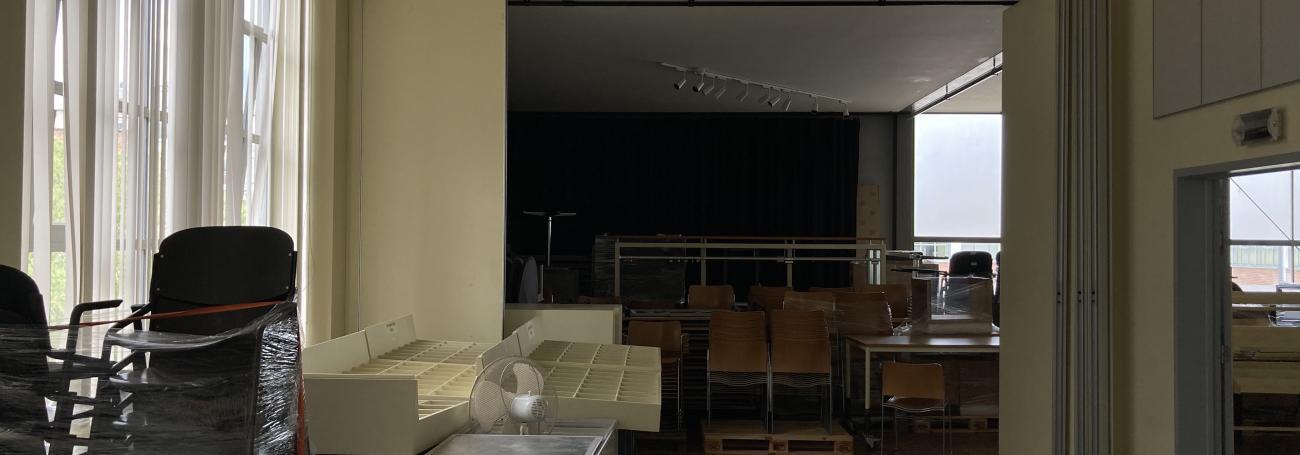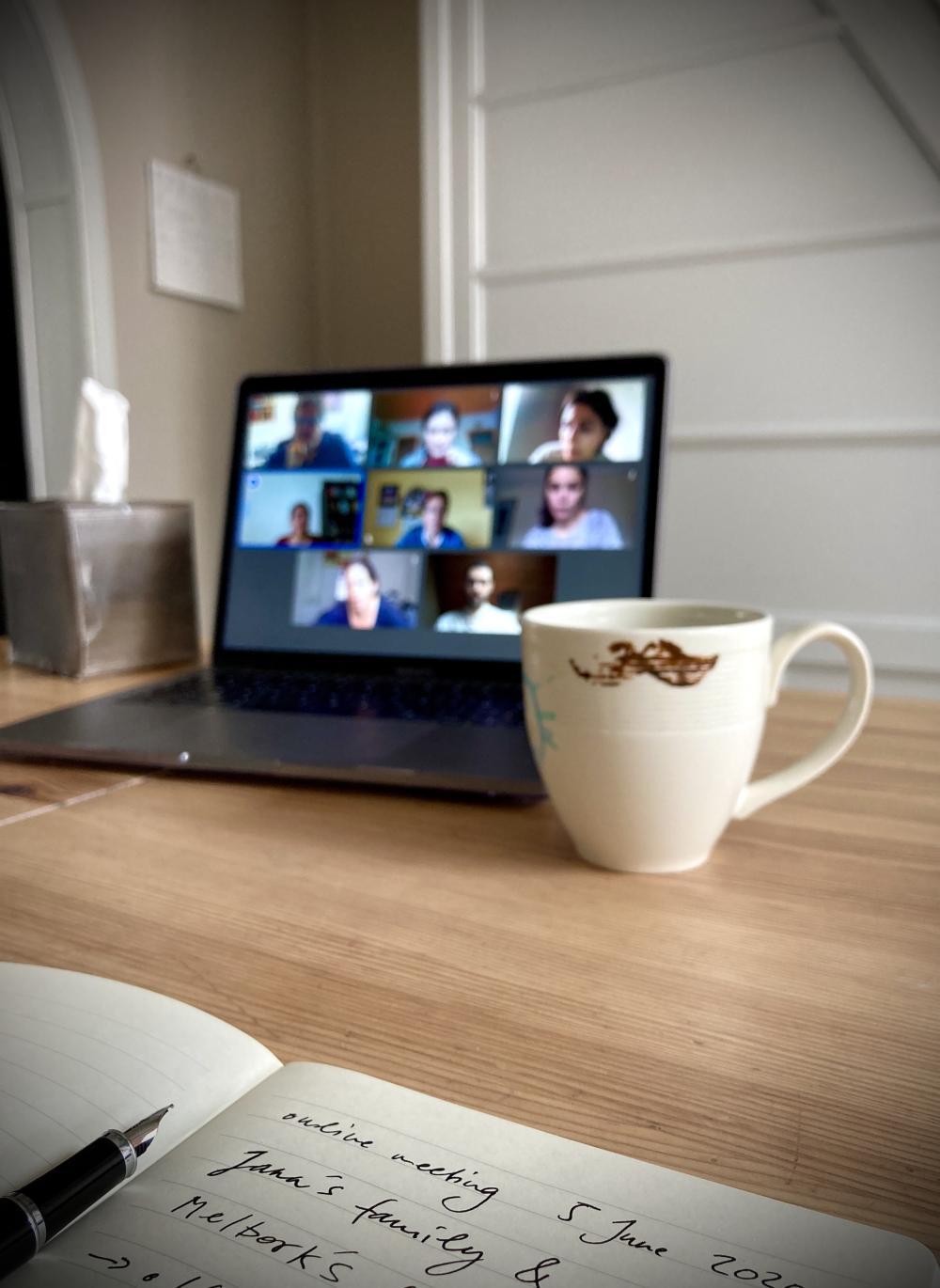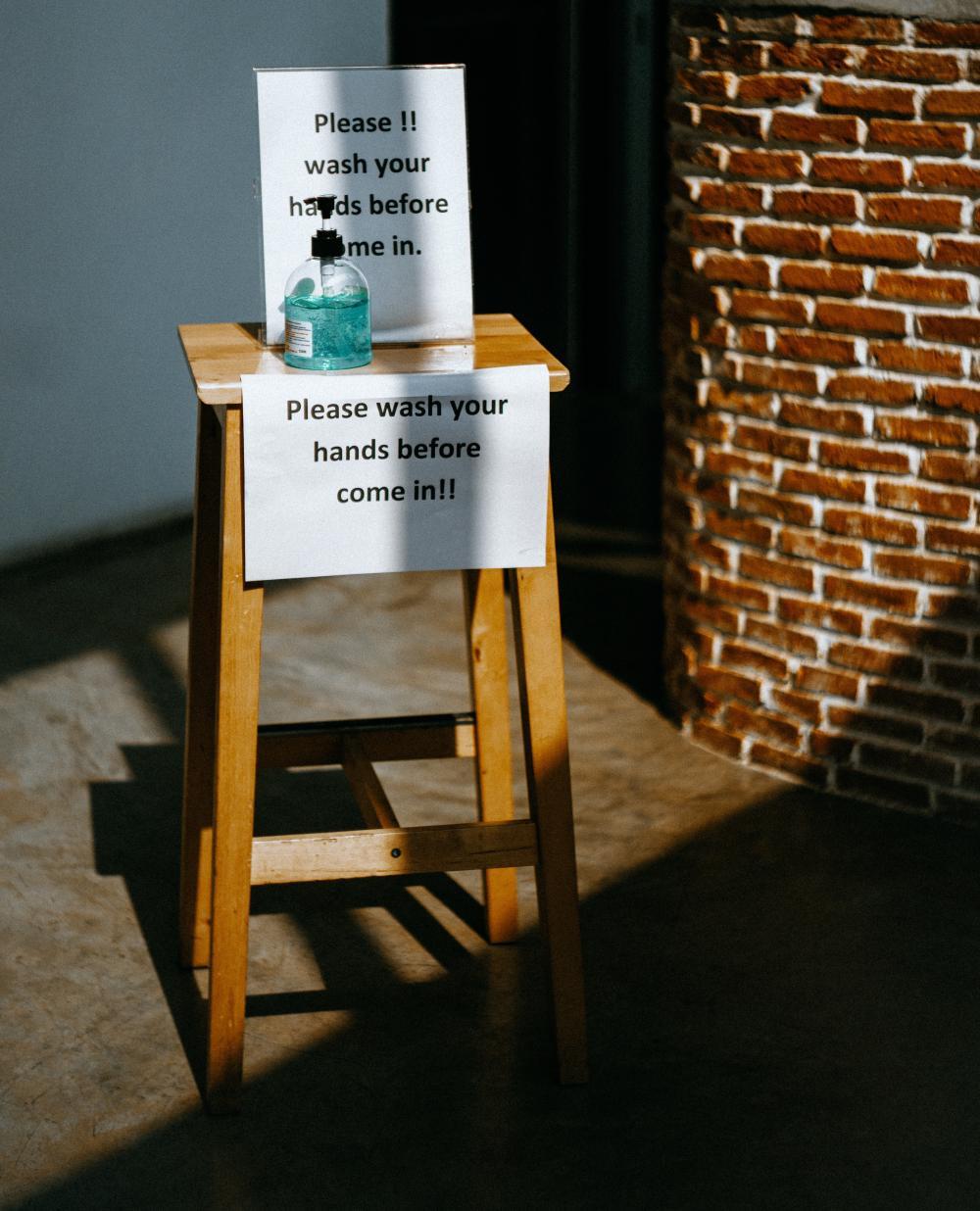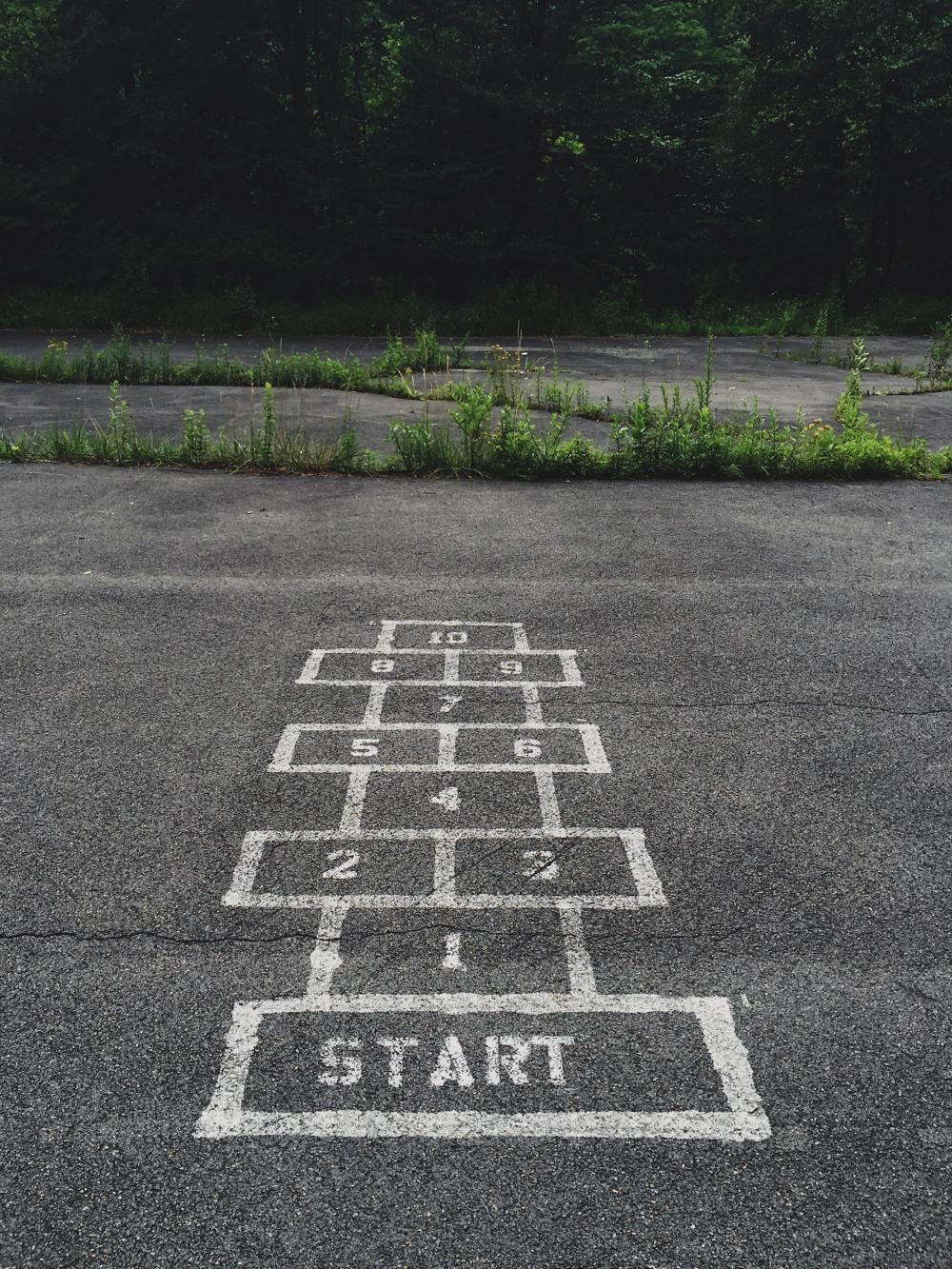Going forward, LCJP decided to continue conducting videoconferences because they developed a system that works, and because limiting face-to-face contact remains the best way to protect community safety. Moreover, if the alternative were to meet physically and wear masks, online approaches might still be preferable so that everyone can see faces and read facial cues.
After Dana, Prof. Meredith Rossner from ANU in Australia spoke about the connections between what Dana said and her own research on digital court hearings. She found three particular areas that echoed her research. Firstly, the ‘journey’ to ‘enter the room’ is important. Those who were developing online court hearings likewise considered how many screens one must click through ‘on the way in,’ and used a virtual waiting room and various primers, including a countdown clock that was controlled by the judge and other materials to prepare people to engage with the digital platform. Secondly, her research found that judges could not use eye contact online to let people know that it was their turn to speak. This meant that the judges used people’s names more often than they would have done in physical court, which received widespread positive feedback in the research. Thirdly, judges reported feeling more tired after online hearings than physical hearings, not least because the active facilitation role was more draining and fatiguing, as was looking at and being on the screen. At this point, Dana noted that LCJP introduced a five-minute break to all online conferences in which parties turn off their audio and cameras; they intend to integrate this into their face-to-face practice. Finally, Meredith said that she and her colleagues wanted to conduct further research on restorative justice and COVID-19. They hope to look at both macro questions about how the movement is evolving in this environment, and micro questions around the practical dynamics of online practice and practitioners’ reflections thereof.
Next, Deborah Watters, Co-Director of Northern Ireland Alternatives, spoke about their outdoor mediation practice during COVID-19. She noted that her organisation was well-embedded in local communities due to their history of emerging from the conflict. As such, many of their referrals come from schools or the community, or involve neighbourhood disputes referred by the police. They work with thousands of families every week, and found that their clients were not in a place to engage in mediation until their basic needs were met. This meant that Alternatives invested a considerable amount of resources in supporting local communities with food and prescriptions, and troubleshooting various community problems.
In addition to their online cases, Debbie explained, they had done much face-to-face – but socially distanced – work in recent weeks. This involved a combination of ‘doorstep conversations’ and ‘front garden’ or ‘back garden’ mediation. Some of their offices had outdoor space that allowed for social distancing, and were conducive to privacy and confidentiality. This means that they can play a role in responding to the rise – in both number and level of escalation – in neighbourhood conflict, as people take their anxiety and frustration out on neighbours. Luckily, their relationship with the police meant that many of these cases which may have resulted in enforcement action, were instead referred to them for mediation. Debbie also said that, for community organisations like hers, it was difficult to respond quickly to community needs and establish a clear framework around their practice at the same time – as in Colorado, their work in this regard was ongoing.





